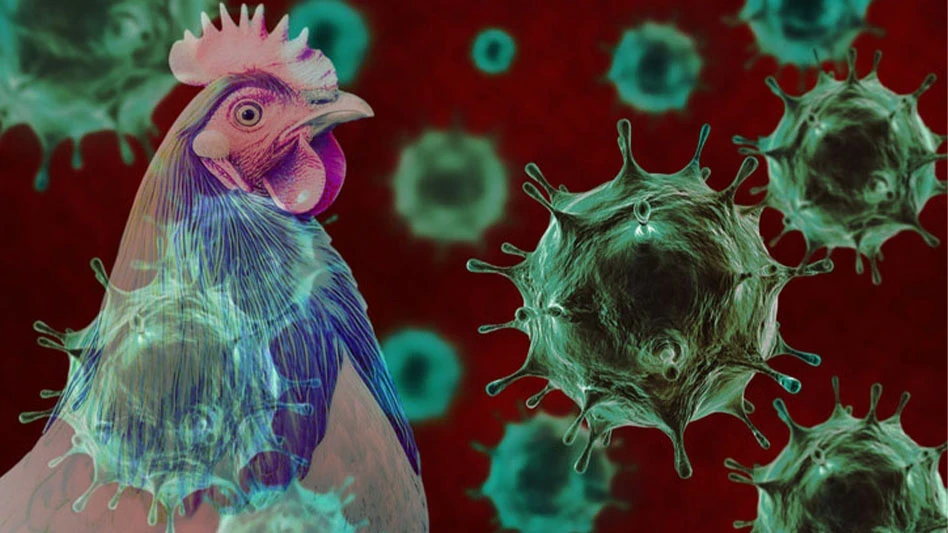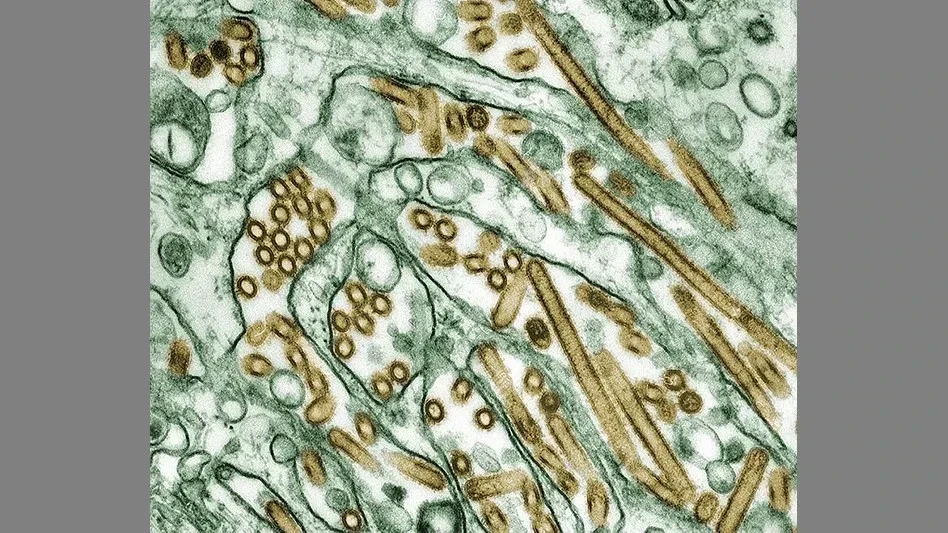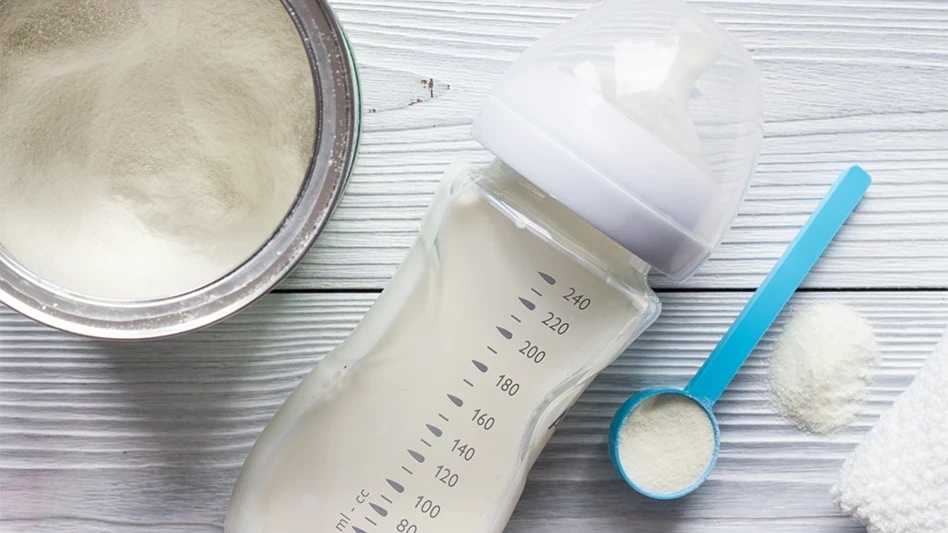
Drains can provide ideal harborage and breeding grounds for flies – both large and small. In this article, we discuss why flies are attracted to drains and what you can do to eliminate and prevent the problem.
WHAT ATTRACTES FLIES TO DRAINS? Pest flies are specialists in breeding in decaying material – rather like nature’s garbage man, said Brandenburg Technical Manager Arthur Dales. The flies are naturally attracted to the odors created by decay and fermentation as they indicate a potentially good food source for their larvae (“maggots”).
This is because, said Zoecon Professional Products Senior Field Services Manager Mel Whitson, as food waste is washed down drains, colonies of bacteria and fungus begin to thrive on the drain walls.
Then fruit flies, drain flies, and phorid flies, can lay their eggs in the biofilm that is produced by these unfavorable bacteria that form on drain surfaces, explained Rockwell Labs Founder and CEO Cisse Spragins.
And these small flies need this decaying organic matter to deposit their eggs. Yeast is a key component of larval development and the variety of debris that builds up in drains provides a food source that allows the larvae to advance to the pupal stage, said VM Products South Central Account Manager and IPM Pest Solutions Owner John Brownlee.
Drains are also a problem because they are built with a U-shaped bend (called a p-trap), which retains a small amount of water to seal the pipe against entry of sewer gasses. But, Dales said, “If the drain collects wash-down wastes without sufficient water volume to flush the solids away, then the organic material in the p-trap will decay, creating ideal conditions for filth flies.”
A variety of flies are attracted to this accumulation of organic waste. For example, some small flies are attracted to the yeast byproducts from fermenting materials, so beverage plants or plants where sugars are used increase the chances of attracting flies; other flies seek a food source to lay eggs, said Nisus Vice President of Technical Services and Regulatory Affairs Greg Baumann. “The actual mechanism of attraction can vary with the species, which is why it is so important to identify the pest properly,” he said. “By properly identifying the pest, then understanding the biology and habits, a strategy for prevention and control can be developed.”
Once drain flies begin to breed and feed in the drains, they can ascend from openings, including sink and floor drain screens as well as beverage dispensing drains in employee break rooms or cafeterias, said Sea Hawk Systems President and CEO Jon Aneson. “Sewer pipes lead to the drain pipes on up to drain fly penetration zones, and neither boiling water nor chemicals will deter their advance to feed on the bacteria that sustains them.”

WHAT CAN I DO TO GET RID OF FLIES? “The key to small fly control is threefold: better sanitation, odor control, and elimination of the larval nesting material,” said Sales & Marketing Consultant for Pelican Solutions Stan Muschweck. Thus, proper sanitation at food prep or processing areas will reduce fly breeding and feeding opportunities, and biological products that eliminate odor and “eat” organic residues also are helpful.
“Change the environment and the flies will have no happy places to feed and breed. Biological products that eliminate odor are the first defense,” he said, adding that if the pests cannot detect a source by smell, they will go elsewhere to seek harborage.
Again, species identification is critical for control, as an understanding of the biology and habits will lead a good investigator to the source, Baumann said. Because food and beverage facilities use lots of water for cleaning, you need to be sure to inspect out-of-the-way areas such as under equipment and inaccessible drains as to sources.
Once the source is identified, the technician and the facility management can develop a fly control strategy for that situation. “Pest technicians have recently been gaining control over some of the toughest fly problems by using a portable foaming machine and combination of an insecticide with a disinfectant. The power foamer drives dry foam deep into drains killing flies (and roaches) and helps control future infestations,” Baumann said.
Other options Spragins recommends are the use of boric acid dust and/or appropriately labeled botanical pesticides (liquids, or slow-dissolving blocks) to kill fly larvae in drains. “Facilities can also be fogged to kill adult flies, though this does not address the breeding site, so it only provides short relief, due to the rapid life cycle of small flies,” she said.
In addition to pesticide use, an integrated pest management approach that includes a thorough inspection of conducive conditions, exclusion, sanitation, monitoring, and the use of lures and light traps will go a long way in controlling flies, Brownlee said.
Inspections should focus on problem areas to ensure that good sanitation practices are being used to eliminate breeding sites. “Drains, cracks and crevices, and areas that collect organic matter should be treated with microbial products that can eliminate the breeding sites,” he said, adding, “Replacing traditional cleaning products with microbial cleaners that eliminate the breeding sites is key in preventing new infestations while helping to eliminate current populations.”
As such, Whitson agreed, “controlling flies involves a multiple-pronged approach aimed at the larvae and adults, with sanitation being key. Adults need sugar meals for flight fuel and larvae need decaying organic matter as a substrate.” Ensure that floor surfaces are clean and in good condition, as missing grout, cracks, and gaps in wall/floor junctions all provide places for food debris and organic matter to accumulate.
Additionally, areas beneath the feet of processing equipment, as well as conveyor belts and other surfaces that can collect moisture and debris, need to be cleaned and flushed on a regular basis. “Moisture is key to fly breeding; that should be kept in mind,” Whitson said. “A moist environment is a fly environment.”
It also is important to note that if fly identification reveals that phorid flies are the problem, there is most likely a leak in a sewer pipe, or other chronic moisture leak, Spragins said. If this is the case, the leak must be fixed. The wet dirt must be removed, or it may support further breeding until it dries. If it isn’t possible to remove the wet dirt, treating it with boric acid dust will prevent fly larvae from being able to live in it.
HOW CAN I PREVENT FLIES FROM BEING ATTRACTED TO DRAINS? There are a number of steps that food plants can take for prevention, as detailed by the fly and drain experts.
“Diligence in ongoing treatment is the answer,” Muschweck said. Because the common fruit fly lays 400 eggs at a time, the flies can outbreed a treatment. But if the biofilm or food scum and fly eggs are continually “eaten” by beneficial organisms, the chances for success are much improved. Because food areas cannot use pesticides, bleaches, or other toxic chemicals, products with beneficial organisms that eliminate odor and consume organic material are most effective against flies.
The best prevention is keeping the drains clean and free of biofilm buildup, Spragins said. “The best way to clean drains, aside from manual scrubbing, is to use a foaming bio-sanitation product. Such a product will digest the organic build-up in drains.”
Because all common filth flies have development cycles of at least a week, “the simplest solution is to remove the organic content from the drains at least weekly – usually by the application of sufficient water to completely flush them,” Dales said. Although this sounds easy, it can present problems, he said.

First, wash-down materials can attach to the drain interior and be difficult to flush away with just water. When that is the case, a suitable drain cleaner needs to be added to the weekly cleaning schedule. Additionally, Dales said, structural changes can sometimes result in floor drains being placed in areas where there is little or no floor washing, resulting in “dry drains”; that is, floor mopping may be adding organic material to the drain, but almost no water, he said. When that is the case, these drains should be identified and specifically scheduled for weekly flushing.
“The most important prevention is to create less hospitable areas,” Baumann said. This involves practices such as keeping drains free from buildup and free-flowing with proper rinsing; regularly cleaning and foaming drains; ensuring there is an inspection/cleaning schedule for the basket under the drain grate where food can get trapped; keeping drains in good repair; and sanitizing, cleaning, and foaming with a product labeled for the site. Also, he said, “Use of tape or petroleum jelly on the bottom of the grate can catch flies so that they can be properly identified and to see which drains are sources.”
Regular drain treatment with a microbial cleaner and an insect growth regulator (IGR) will disrupt larval fly development so that the larvae die before becoming flying adults. Whitson said, adding “Keeping the facility as dry as possible and on a regular cleaning and maintenance schedule for fly breeding areas will prevent flies in your facility.”
Sewer pipes that lead to the drain pipes can become laden with the scum that is a haven to adults and eggs, Aneson explained. To clean pipes, he said, scour above the water trap with a heavy-duty brush, using a cleaner that will cut through biofilm. Then apply an approved foam insecticide; the foam will cling to the pipe walls enabling sufficient contact time to penetrate fly eggs.
Comprehensive debris removal must be concluded with sanitization of all food contact areas. If there is any water rimming these screens after cleaning is complete, you will have prepared a hatchery for the flies. So, he said, at the conclusion of every workday, it is imperative to finish with a five-gallon flush of every drain in a food production facility.
Regular treatments with microbial products will eliminate the breeding sites. “These products can be applied on a regular basis into the drains, voids and cracks and crevices that collect the organic matter that flies need to reproduce,” Brownlee said, adding that they also can be used as a mopping solution to target cracked tiles and floors that allow for organic matter to build up.
There are also repellant insect blocks that have been proven to repel flies from around drains and garbage areas. But, he said, “These are not a substitute for good sanitation practices. Regular maintenance of the breeding sites with microbial cleaners will provide the greatest benefit.”
All production activities create some wastes. As long as “working wastes” are present only during each shift, they will not present the potential for breeding and fly infestation, Dales said. “However, if they are not completely removed after each shift, they become ‘standing wastes,’ and the potential for breeding and infestation is present.”
This is particularly true because the volume of standing wastes required to enable filth fly breeding is relatively small and may easily be overlooked where it is not directly associated with production equipment, he said. “Reducing the attraction of a plant to filth flies is rather dependent on the products being handled, but making drains less attractive is really just attention to cleaning at a detail level.”
The author is Editor of QA magazine. She can be reached at llupo@gie.net.
Explore the April 2016 Issue
Check out more from this issue and find your next story to read.
Latest from Quality Assurance & Food Safety
- Joint FAO/WHO Expert Committee on Food Additives Seeks Experts
- FDA Reschedules Webinar on Updated ‘Healthy’ Claim
- Thousands More Laid Off at FDA, CDC in HHS Restructuring
- USDA Extends Deadline on Request for Information for Poultry Quality Standards
- Dessert Holdings Issues Allergy Alert on Undeclared Pecans in Favorite Day Cheesecake
- Idaho Smokehouse Partners Recalls Beef Sticks Due to Possible Foreign Matter Contamination
- IDFA Leadership Symposium Set for June 23-26
- FDA Publishes Searchable Web Page for Food Allergen Labeling Guidance





